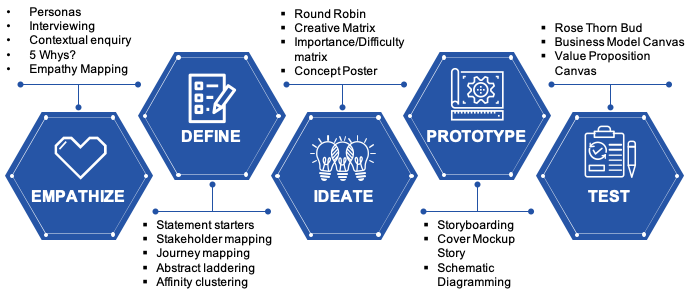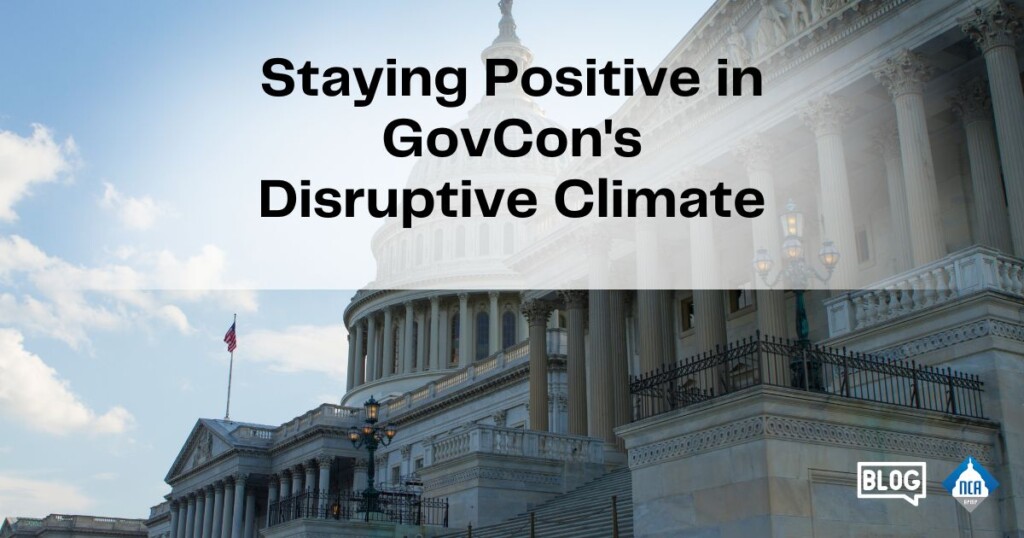Save your proposal from ending at the evaluator’s trash bin
As a reviewer of proposals prepared in response to RFPs, I have frequently seen the response provided as a statement of agreement to the functional/technical requirements included in the RFP. Most of the time, it looks like someone has utilized the Copy, Paste and Replace functions of the word processor. In effect, all the “should” or “must” statements in the RFP are replaced with “will” statements in the response.
I can’t blame the team preparing the response, or the reviewer of the response. They may not have a clue about the customer’s business domain and intent of the solicitation if they’re not working closely with the sales or business team. Or if they are, but they’re pulled in at the last moment, they have no time to analyze and architect a solution meeting the customer’s requirements and providing sustainable business value.
The issue of last-minute engagement may compound the problem that the response team may be spending a lot of time reading and analyzing the RFP, searching for applicable content from prior proposals, preparing the proposal outline and first draft, and waiting for content from SMEs. So, not many choices left.
The Customer’s Perspective
We all realize that our customers incur costs and expend effort in preparing and publishing an RFP, and they expect proposal responses that would help them find the right solution. They also invest time and effort in evaluating the responses received from potential vendors. Imagine the frustration of the evaluators when they find a proposal with a solution simply mirroring the RFP requirements. We know that the evaluators will shortlist only a few proposals for the final evaluation; all other proposals will be either shelved or trashed. This means that every proposal that does not reach the final evaluation is an investment without a return for the vendor.
So what’s the solution to this recurrent problem? Design Thinking.
What Is Design Thinking?
Design thinking is a human-centered approach to innovation that integrates the needs of people, the possibilities of technology, and the requirements for business success. The Design Thinking process involves five key steps that employ a unique set of tools and techniques, as shown in these diagrams.
Design Thinking Steps

Design Thinking Tools & Tips

Many companies have adopted Design Thinking because the process is structured in such a way that helps organizations overcome inherent biases when innovating; ultimately leading to better results. To learn more about the effectiveness of Design Thinking, Why Design Thinking Works is an excellent overview of its key advantages.
How Can Design Thinking Be Applied to the RFP Response Process?
When applied to preparing a proposal, design thinking is adopting a mindset that asks four simple questions while architecting the solution and writing the proposal. Your proposal should present a solution that provides credible answers to the four questions:
- What is?
- What if?
- What wows?
- What works?
The question “what is?” explores the current reality of the customer’s situation. Frame the problem to the extent possible, by all possible means. Understand where the customer stands today before taking him to where he wants to go. Journey Mapping and Value Chain analysis are tools that can help define the right answers to this question.
“What if” builds the new possibilities, trends, and uncertainties. Formulate a hypothesis about the new possibilities which create value for the customer; identify constraints and figure out ways to get them out of the way. Brainstorming and Concept Mapping are helpful tools to explore new possibilities and identify constraints.
“What wows” is the strategy that identifies the best possible solution, persuading the evaluators to shortlist the proposal. Test the features that will enable the possibilities, showcase the innovation, and present the value to the customer with convincing proof points. Tools like Assumption Testing and Feature-Value Mapping can help to identify the wow factors.
“What works” is validating the solution features for desirability, feasibility, and viability. Put the solution in the context of the users and the team that will build it, check the technology impediments, and work out a price-to-cost ratio that makes the solution worth competing. Role-Playing, Prototyping, and Price-to-Win can be helpful tools to get the right answers.
Design Thinking principles have been adopted globally, across industries and service segments to drive innovation, customer-centricity, and enrich customer experiences. Applying these proven principles in creating and reviewing your proposal will deliver value for both you and your customer. And when you adopt a tool like DraftSpark.ai, your time savings will provide you the added bandwidth to apply Design Thinking processes to create client-focused (and client-winning) proposals.




